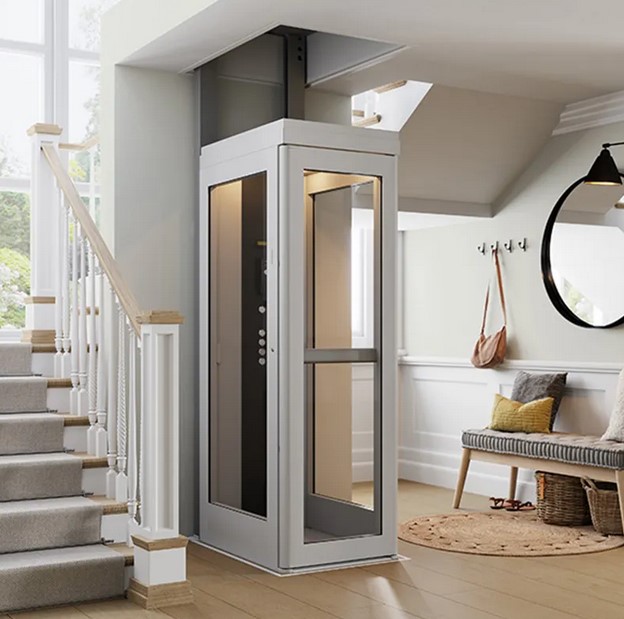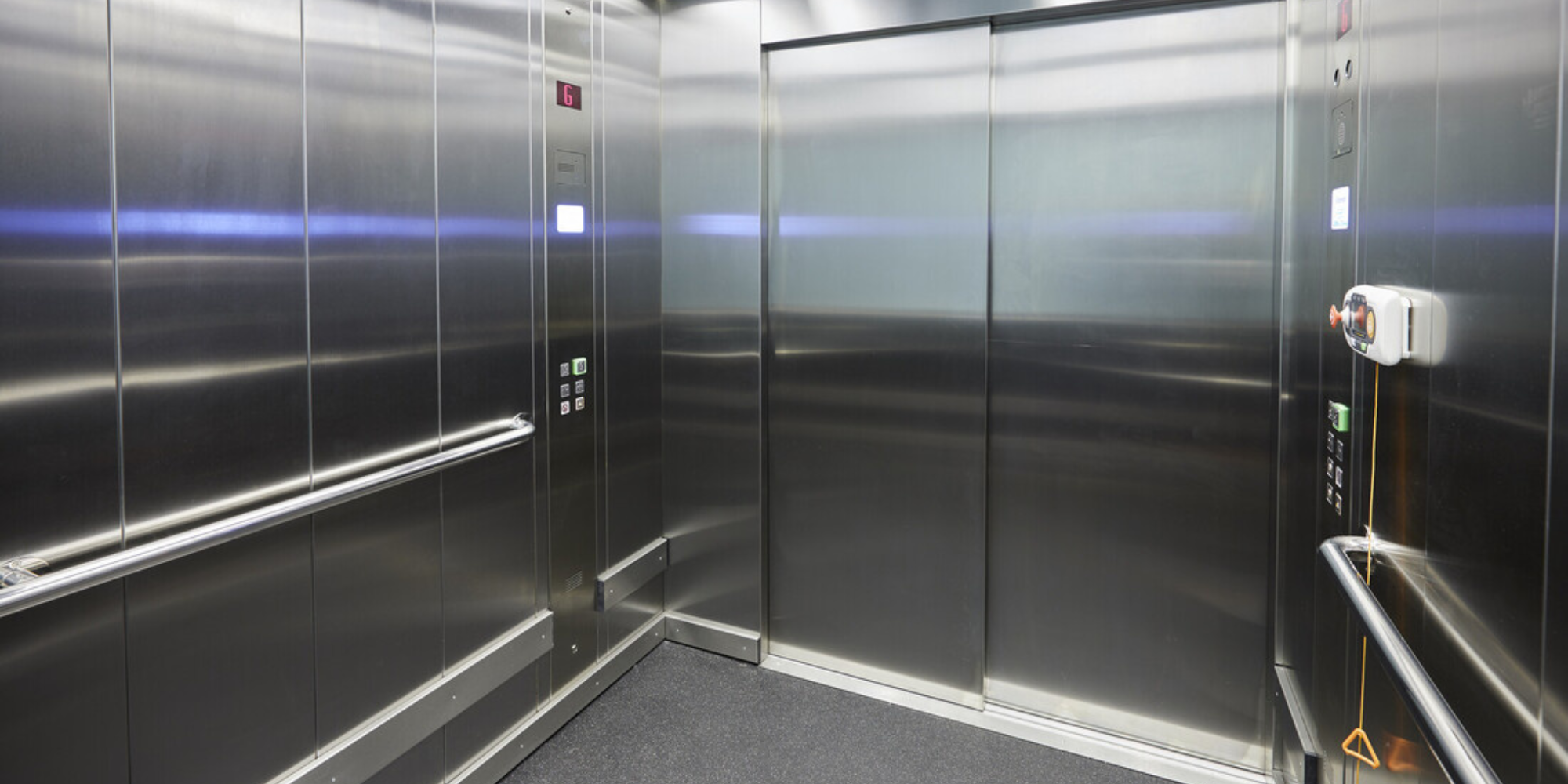Leading Lift Companies in London: Providing Exceptional Service and Support
Leading Lift Companies in London: Providing Exceptional Service and Support
Blog Article
Looking Into the Globe of Lifts: Usual Problems Encountered by Numerous Lift Systems
As we browse with the vertical transport systems of modern buildings, lifts stand out as an essential component of our day-to-day lives. From hydraulic lifts to grip systems and machine-room-less styles, each lift kind comes with its collection of usual issues.
Hydraulic Lifts
Hydraulic lifts, usually preferred for low-rise structures, use fluid stress to control the motion of the lift automobile (lift repair companies). This mechanism entails a hydraulic pump pushing oil right into a cyndrical tube, creating the lift to relocate the desired instructions. While hydraulic elevators are understood for their silent and smooth procedure, they do include their own collection of usual concerns
One common issue with hydraulic lifts is oil leak. In addition, problems with the control system, such as faulty shutoffs or a malfunctioning pump, can trigger interruptions in the elevator's movement.
Regular maintenance and punctual fixings are important to make sure the smooth functioning of hydraulic lifts. By resolving these typical problems proactively, building owners can decrease downtime and make sure the safety and security and performance of their vertical transport system.
Grip Elevators
When taking into consideration vertical transportation systems in buildings, another typical type other than hydraulic lifts is the traction lift. Grip elevators operate using a system of ropes and weights that move the lift automobile by gripping onto the hoist ropes. This system enables smoother and quicker vertical transportation compared to hydraulic systems.
Among the common problems dealt with by traction lifts is rope wear. The consistent activity of the ropes within the grip system can lead to deterioration in time, possibly causing the elevator to malfunction or become hazardous for use. Routine evaluations and upkeep of the ropes are vital to make sure the elevator's correct functioning and safety and security.
Another problem that grip elevators might run into is associated with the control system. Issues with the control system can result in concerns such as unpredictable movement, hold-ups in feedback times, or even total closures. Routine testing and maintenance of the control system are critical to avoid such issues and ensure the elevator's dependability.
Machine-Room-Less (MRL) Elevators

Among the key elements of MRL lifts is the small gearless traction device that is set up within the hoistway. This maker successfully drives the elevator automobile without the demand for large equipment found in conventional traction lifts. In addition, MRL elevators generally utilize a counterweight system to balance the vehicle, further enhancing their energy efficiency.
Despite their advantages, MRL lifts may deal with challenges associated with maintenance and repair service due to the restricted area for tools installment. Availability for see this here servicing parts within the shaft can be restricted, requiring specialized training for professionals. Correct upkeep schedules and normal inspections are important to make sure the continued smooth operation of MRL lifts.
Overloading and Weight Restriction Issues
Are lifts equipped to handle excess weight loads effectively and securely? Overloading and weight restriction issues are crucial worries in lift procedures. Lift suppliers design raises with particular weight abilities to ensure guest safety and equipment long life. Surpassing these weight limits can bring about various problems, consisting of mechanical failures, delays, and safety hazards.
When elevators are overloaded, it puts excessive pressure on the electric motor, cable televisions, and other elements, possibly creating breakdowns or failures. Security systems such as sensing units and overload sensing units are in location to stop lifts from moving if they find excess weight. Furthermore, exceeding weight restrictions can cause raised power usage and wear and tear on the elevator system.
To mitigate overwhelming concerns, building managers must plainly display weight limits in lifts and enlighten passengers on the value of sticking to these constraints - lift repair companies. Regular upkeep checks by qualified professionals can additionally help ensure that elevators are running within secure weight parameters. By resolving overloading and weight limit problems proactively, structure owners can enhance elevator safety and security and effectiveness
Electric System Failings
Surpassing weight limitations in elevators can not only lead to mechanical problems yet also potentially add to electric system failings within the lift framework. Electrical system failures are a vital worry in lift operation, as they can cause unforeseen shutdowns, breakdowns, or even safety dangers.
Additionally, power rises or variations in the electrical supply can also disrupt the lift's operation, influencing its efficiency and security. These electrical disturbances can damage sensitive elevator parts such as control recommended you read panels, motherboard, or sensing units, bring about system failings. Routine upkeep and examinations are vital to identify and attend to prospective electrical problems immediately, making sure the reliable and safe procedure of elevator systems. By adhering to weight limitations and carrying out routine electric system checks, structure proprietors can alleviate the threat of electric failings in lifts.
Final Thought

Hydraulic elevators, typically favored for low-rise buildings, use fluid pressure to control the movement of the lift auto.When considering upright transportation systems in structures, an additional common type apart from hydraulic elevators is the grip lift. Traction lifts operate making use of a system of ropes and weights that relocate the lift vehicle by gripping onto the hoist ropes. Unlike typical elevators that call for a different device space to house the tools, MRL elevators integrate many of the elements within the shaft, getting rid of the requirement for a dedicated equipment room.In final thought, lifts deal with common concerns such as hydraulic malfunctions, grip system failures, and electric system troubles.
Report this page